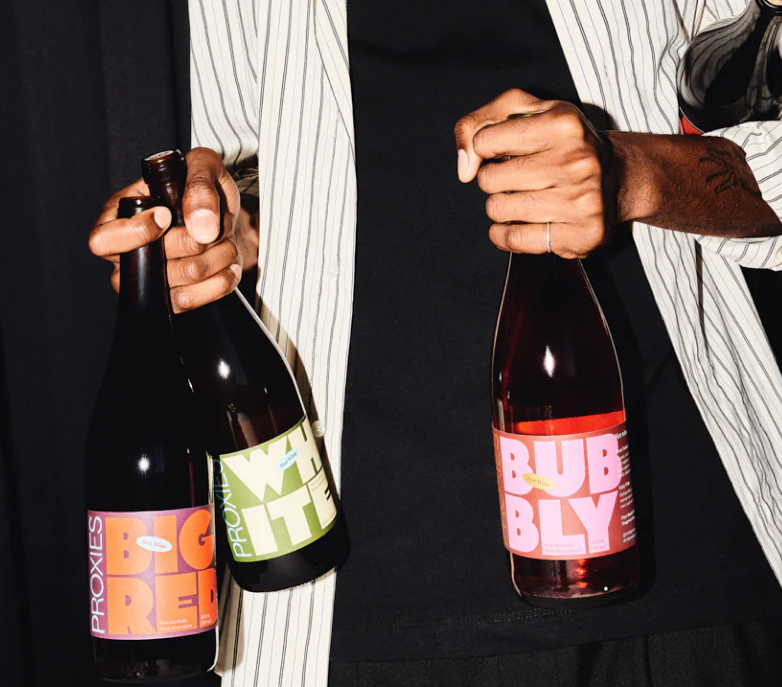
Shrubs, Refreshed
Share
Words By Korsha Wilson | Photography by Rae Drake
At Saxon & Parole in New York City, one of the best selling cocktails came about because of a happy accident involving an order gone awry. “We were trying to come up with something because we ordered way too many olives,” says Maxime Belfand, bar director at the trendy NoHo restaurant. He combined some of the green olives with a touch of sugar and champagne vinegar before cooking them down to create a green olive shrub that he could use to build a new cocktail. This winter, Belfand debuted the ‘Olive Highball,’ a mezcal, sherry, and vinho verde cocktail accented with the tangy green olive shrub. “It’s one of our best sellers.”
Shrubs are nothing new. The name derives from Arabic, but vinegar-based drinks are found across cultures and history—from the Ancient Babylonians and Romans, to China, England, and beyond. The modern American version of shrub, though, is most often attributed to 17th century England where vinegar was used instead of citrus to preserve berries and other fruits.
Today, the term shrub refers to syrupy, tart, and occasionally electric-colored liquids made by mixing vinegar, sugar, and fruit or vegetables together. They’re typically enjoyed on their own, added to cocktails, or topped with soda water to create a bright and acidic beverage. And these concoctions are now finding great popularity in cocktail bars because of their appealing vinegar-forward flavor profile and how easy they are to make and keep.
Shrubs are a way to make use of extra ingredients, but they’re also a great way to preserve seasonal ingredients like summer berries or winter citrus—providing bright fruit flavors year-round. The bar team at Saxon & Parole makes two shrubs per season and decides the flavors based on what’s available at local farmers’ markets. “In the summer we do it with berries and it keeps long after berry season is over,” Belfand says. They’re an appealing addition to a bar program because they pull double duty flavor-wise. “It’s like two-in-one shampoo and conditioner,” Belfand jokes. “The best part of the shrub is you don’t have to use lemon or lime juice because it has the vinegar—the acid—but it’s sweet too.”
Saxon & Parole has become known for their rotating shrubs and guests often ask for them served simply with a bit of sweetener or soda water. Belfand says guests aren’t afraid to try them because the rise of pickling primed diners to welcome vinegar-forward flavors. “It’s got that old school, grandma feeling of preserving. I tell my guests it’s something fun they can do at home,” Belfand says.
And how has that gone? Well for the guests, but not so well for Belfand. “I’ve heard from a few of them that they’ve tried it but they never bring me any.”
A version of this article originally appeared in Acid League Magazine Volume 1.
Korsha Wilson is a graduate of the Culinary Institute of America, food writer, and host of A Hungry Society, a podcast on Heritage Radio Network that takes a more inclusive look at the food world.





